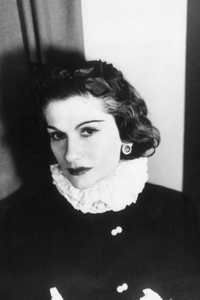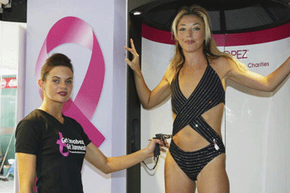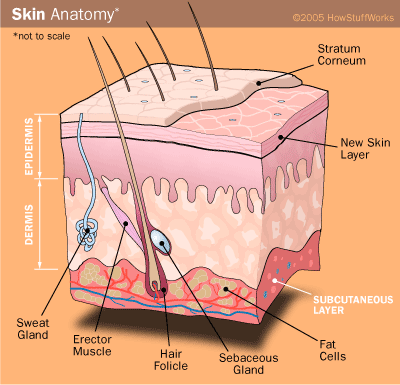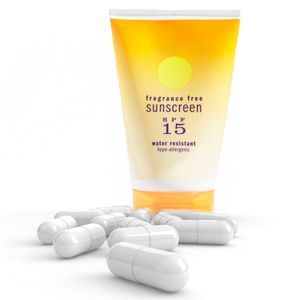Bronzed and beautiful. Tanned and fit. Golden and glowing. You've heard it all. If you're going to look good, you need a healthy tan.
Or do you? Is "healthy tan" a contradiction in terms?
Advertisement
Despite warnings from dermatologists and cancer-prevention groups, many people still consider pale skin a fashion flaw. Sometimes it seems to come down to deciding which is worse: the health risks associated with tanning, or the social risks associated with fish-belly-white exposed skin.
For more information about tanning, read Tanning: Fast Facts.
Some people pursue the quest for a great tan year-round. Others live with their pallor until faced with a special occasion. Who wants to be clad in a revealing dress at a wedding or a dance when all people will see is pale skin? If you're buying a new bathing suit for that tropical cruise or beach vacation, do you really want it to show off wintry white skin, or, worse yet, the traces of last season's oddly shaped tan lines?
For whatever reasons, many people seek a quick tan at least a few times a year. With the growing awareness of health risks associated with exposure to both actual sunlight and ultraviolet tanning beds, new strategies have grown in popularity.
One of the most popular ways to get a quick tan today is to spray on that golden glow.
Does that really work, and is it a good idea? This article will tell you what you need to know about spray tanning -- professional and do-it-yourself.
But first, let's take more than a skin-deep look at our obsession with being bronzed.
Advertisement




